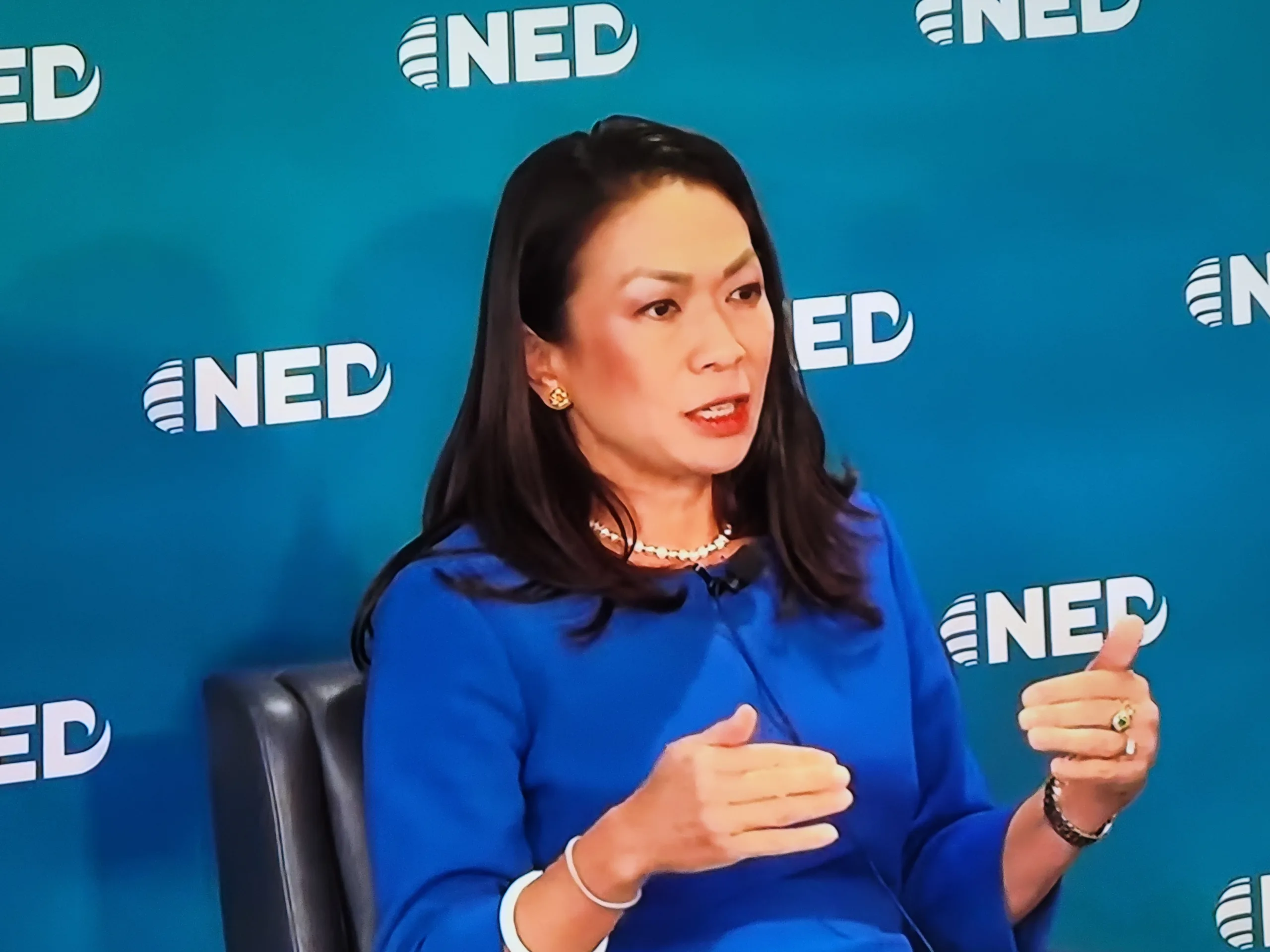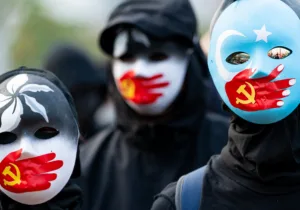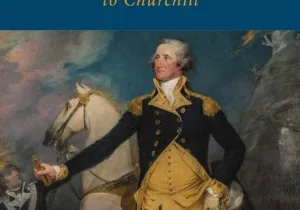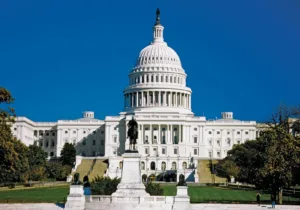One of the most delightful anecdotes in Ian Johnson’s book The Souls of China: The Return of Religion After Mao is that of pastor Peng Qiang’s daughter’s decision not to join the Communist Party youth group. Peng’s daughter turns away from her initial desire to be like the other students and don the colorful, red scarf. Her parents admirably remind her of her primary identity as a Christian. Her teacher’s acceptance of this position is even more encouraging. At school, when Peng’s daughter does not line up with the other students participating in the Communist party youth group, a teacher’s assistant tells the students, “She doesn’t have to participate. She’s got faith!” As Johnson traces the lives of other Chinese citizens, there are other examples of religious faith, including detailed descriptions of Buddhist and Daoist adherents.
Although Johnson’s research spanned years, he uses the framework of the lunar new year to trace the lives of these religious adherents. His book provides a picture of the vibrant and varied religious faith in China, demonstrating that even after Mao Zedong’s campaign against religion and the devastation of the Cultural Revolution, religion has not only reemerged in some parts of China but is thriving. His extensive fieldwork provides detailed descriptions of funeral rites and fortunate telling performed by yinyang men and the two-week pilgrimage to the top of Miaofengshan, where adherents perform and worship Our Lady of the Azure Clouds.
Christian readers will be particularly interested in Johnson’s description of the Early Rain Reformed Church, an unregistered church in Chengdu, Sichuan Province. Johnson’s portrait of the church and its members, including their ministry to the homeless and campaign against abortion, will in some ways seem refreshingly familiar to Christian readers in the West. Yet, readers will be reminded of the different milieu Chinese Christians face. For example, during a church committee meeting to discuss using pro-life materials produced in the United States, one of the young women points out that the material is not relevant to China where the problem is “the right not to have an abortion.” While Johnson does a commendable job of describing the manifestation of Christian faith as he writes about Early Rain’s pastor Wang Yi, the church’s ministries, Christmas service, and reformed faith, his description never fully captures that the foundation of Christian faith is based on our guilt as sinners and God’s grace in forgiving us through Christ.
The religious practices of other groups, including the meaning behind draping a coffin in red fabric or speaking through mediums, will be foreign to many Christian readers. Johnson’s description of the ceremony to the Lady of the Azure Clouds might even be jarring, demonstrating a merit-based gambit for divine favor that is devoid of grace. When one of the seals or chops—a stamp that functions much like a signature—is lost, it means the paper that will be burned at midnight will be missing the Zhang family seal, and without it the goddess will not know of that family’s contribution. Another pilgrimage participant says to the person in charge of the seal, “What the f— is wrong with you! Are you out of your mind? You don’t have the chop? Where is the chop? We’ve always had your damned chop on the paper.”
Johnson’s deep familiarity with China, keen observations, and excellent Chinese language skills enable him to provide rich descriptions on social and political practices. When Johnson compliments a man’s jacket, he demands that Johnson accept it as a present. The two go back and forth, with Johnson insisting, “I didn’t mean it like that. I like it, but I don’t want it.” When Johnson then suggests that he can take a picture and have it copied, his Chinese host retorts that the tailor who made it is dead. Johnson also weaves into the narrative explanations of Chinese policy, such as President Xi Jinping’s endemic suspicion of Christianity, including the regular visits from the police that the unregistered church in Chengdu receives and the presence of potential informants within the congregation.
Yet, at times it feels as though Johnson glosses over the significance of government interference, including hampering the congregation’s efforts to hold a Christmas service. His cursory treatment of the potential consequences of government restrictions might be due to the low baseline many China watchers, myself included, apply as we think about the severity of religious persecution during the Mao years. Using this metric, it becomes refreshing that a church like Early Rain is even allowed to exist. Moreover, while Early Rain is able to navigate the limited political space that allows them to exist, in other parts of the country, such as Zhejiang province, churches face ongoing abuse and clampdowns, including forced removal of crosses.
As academics would put it, Johnson engages in selection bias by focusing on cases in which religion is flourishing. Because his work focuses on thriving religious communities, the plight of Tibetan Buddhists and Uighur Muslims are also left unexplored. Yet, Johnson makes clear that his work is not meant to be a comprehensive survey of religion on China but a picture of religious communities, and in this he succeeds.
Johnson’s laudable work will leave Christian readers with hope as Early Rain is presented as appealing to young, educated, urban Chinese whose thoughtful and devout faith is evident. In similar vein, Pastor Wang Yi’s work leading his church, including his efforts to navigate political sensitivities, are admirable. Johnson’s insight that a number of Christians are also active in the rights protection movement in China is a reminder that historically the church can potentially play a supportive role in advancing democracy and human rights.
Yet, given the Chinese regime’s ongoing suspicion of Christianity and the tenacity of authoritarian rule, the future of the church in China remains an ongoing concern. Will unregistered Christian churches, like Early Rain, be allowed to continue to exist? Will the government eventually clampdown on the church as has happened in other parts of the country?
—
Rana Siu Inboden is a Distinguished Scholar at the Robert S. Strauss Center for International Security and Law. Her research focuses on the international human rights regime, Chinese foreign policy, and the U.S.-China bilateral relationship. She obtained her DPhil at Oxford University and previously worked at the U.S. State Department, where her portfolio included rule of law, human rights, and political reform.
Photo Credit: Catholic Church in Beijing. By sj liew, via Flickr.







 Live in the DC area? Sign-up for Providence's in-person events list!
Live in the DC area? Sign-up for Providence's in-person events list!